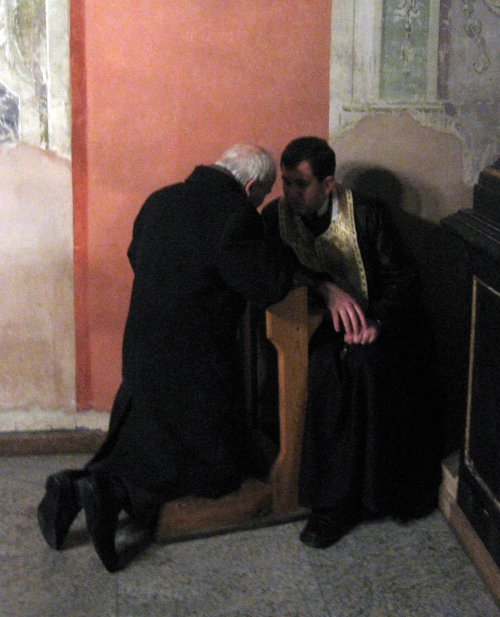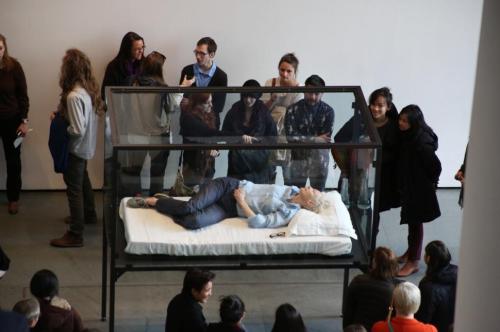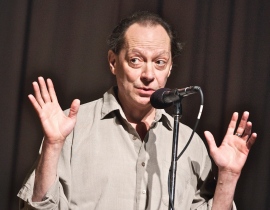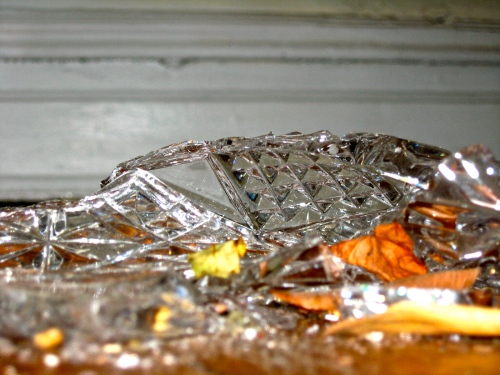
This is the second reflection on ideas about “progress” and change through novels that explore the consequences of progress for ordinary people and their everyday live. The first considered Patrick Chamioseau’s Texaco, and here the conversation turns to Roberto Bolaño’s The Savage Detectives and 2666.
The secret story is the one we’ll never know, although we’re living it from day to day, thinking we’re alive, thinking we’ve got it all under control and the stuff we overlook doesn’t matter. But every damn thing matters! It’s just that we don’t realize. We tell ourselves that art runs on one track and life, our lives, on another, we don’t even realize that’s a lie.
―Roberto Bolaño, Last Evenings on Earth
Cesárea
The Savage Detectives and 2666 are monumental novels about a search for literary ghosts in the cities and towns of northern Mexico’s Sonoran Desert. They were written by Roberto Bolaño, a Chilean who lived much of his life in exile, in Mexico and Spain, searching for ways to make words reconcile the world that is with the world of his own experience and imagination.
In The Savage Detectives, Bolaño assumes a pose akin to Chamoiseau’s in Texaco, as a thinly disguised self called Arturo Belano, whose poetic vocation reflects his directionless quest for authenticity and escape from the Latin American “Boom” generation—those writers like Octavio Paz, Garcia Marquez, Vargas Llosa, & etc. whose work won four Nobel Prizes and utterly defined the “Latin American” voice. Their monumental dominance is for Belano and his generation a straight-jacket of Latin exoticism that is nothing like the world they grew up in. Belano/Bolaño’s world is one in which global currents are washing over Latin America, wearing away what the Boom Generation created.
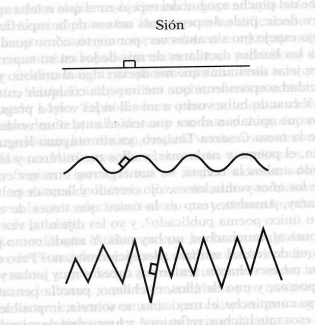
Cesárea Tinojero’s only known poem, “Sión”
The Savage Detectives follows Belano’s group of poets—the “Visceral Realists”—from an early adventure in the mid-1970s to find an obscure 1930s Mexican poet, Cesárea Tinajero. In the 30s, she worked for one of the generals leading the Mexican Revolution, which began in 1910 and only wound down by the 1930s. The Mexican Revolution itself was the constituting event in Latin American history that drew a line between the United States and everything south of the Rio Grande. It made the Boom Generation possible.
By the late 1970s, long after her general died, Cesárea is presumed living in somewhere in Sonora not far from Santa Teresa, itself a thinly disguised version of Mexico’s border boomtown, Ciudad Juarez, just across the Rio Grande from El Paso. After rambling through the desert, they finally find her, aged and alone, in a small room in Santa Teresa. Through a local teacher who had befriended Cesárea, they learn that she had lived a very lonely, impoverished life, lately having taken to scribbling visions of the future, afraid of persecution and even death, in a scene that appears to foreshadow 2666 without being specific enough to say anything at all.
“… Cesárea spoke of times to come and the teacher, to change the subject, asked her what times she meant and when they would be. And Cesárea named a date, sometime around the year 2600. Two thousand six hundred and something. And then, when the teacher couldn’t help but laugh at such a random date, a smothered little laugh that could scarcely be heard, Cesárea laughed again, although this time the thunder of her laughter remained within the confines of her own room.” (The Savage Detectives, p. 634)
Belano and his cohorts will meet Cesárea herself, but before anything much happens her end meets the end of the Visceral Realists in a thudding anticlimax that explains the preceding 400 pages chronicling the group’s dissolution and dispersal around the world.
Archimboldi
2666 isn’t a sequel to The Savage Detectives, but in important ways it picks up where the earlier left off, with a crew of literary critics searching for Benno von Archimboldi, a German author whose Pynchonian mantle of self-imposed obscurity only heightens the reverence of his followers. As with Cesárea Tinojero’s oblique reference to the year 2600, Archimboldi is also referenced in The Savage Detectives, as “J.M.G. Arcimboldi,” credited for the Archimboldi of 2666‘s early novel, The Endless Rose. By the time of 2666, set around the turn of the millenium, Archimboldi has had a 40-year career in which he has published 21 novels and is mentioned frequently as a short-list candidate for the Nobel Prize. Like most of their colleagues, Archimboldi scholars are a fanatical lot and would go to the ends of the earth to find their master—which leads them to Santa Teresa a quarter-century after Arturo Belano and the Visceral Realists arrived there to find their master.
What is different between the two novels is the Mexico they depict. Where The Savage Detectives chronicles a generation’s futile struggle against the grandiose and Nobel-studded world of their literary forbears, 2666 completes that story by portraying a Mexico that is at once devouring itself with it’s own misogyny and violence while at the same time it is irretrievably caught in a tide of globalization, which abets the local violence and even explains it as its own pathology. Like Texaco, 2666 is a novel about a city that stands for a larger story about the price of progress.
If the apogee of the Mexican revolution, in literary terms, is Octavio Paz’s Nobel Prize, then the nadir, in human terms, is the killing of up to 400 young women—femicidios—in Ciudad Juarez between 1993 and 2004. These murders are historical core of 2666, just like slavery and urban modernization are the historical core of Texaco. Thumbnail sketches of the murders in the fictionalized Juarez of Santa Teresa, hundreds of them, are meted out in clinical detail for over 280 pages in the longest of the novel’s five sections, “The Part About the Crimes.” Plot points filter in and out of an utter fog of forensic reportage like familiar faces wandering into a dream, trying desperately to drag it into the waking world. The scourge of violence becomes banal and then fades into normalcy. “The Part About the Crimes” is the reader’s own exile from everything she knows, the reader as Aeneas in Hades seeing a prophetic vision of dystopian globalization that reverses the familiar story of progress, replacing civil society and the rule of law with a world descending into inexplicable, and inexplicably unjust, viciousness.
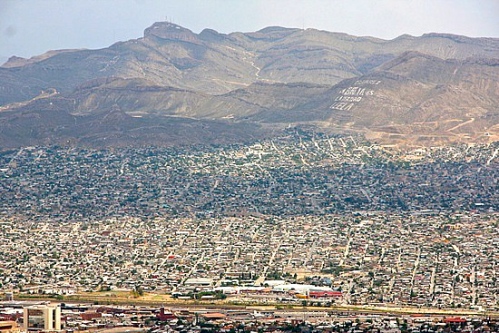
In the last section of the book, “The Part About Archimboldi,” we finally learn who this writer is in an epic tale spanning the Russian Revolution, World War II, the Cold War, the emergence of computer technology, and the femicidios of Santa Teresa. In the end, it’s the story of how the twentieth century gave way to the twenty-first, a Latin American novel that was written in Spain and unmoored itself from Mexico with a cast of characters from the United States, Spain, England, France, Germany, Russia, Chile, Romania, Italy, Mexico, and other places. Set on the border between the U.S. and Mexico, in an international metropolis that reflects the two countries’ grand fraternal struggle for coexistence, 2666 continuously finds its border-crushing narrative crashing against the invisible wall between these two countries. Like Chamoiseau, Bolaño in The Savage Detectives and 2666 reimagines the world he has lived in and feeds it back to us in overlapping waves of murder mysteries, vision quests, and pilgrimmages. These books are the chronicle of Bolaño’s life swept up by the grand rip currents of history.
Notes and Credits
Photographs and images: The first photo is of crosses placed on Lomas del Poleo Planta Alta, Ciudad Juárez, in the place where the bodies of eight murdered women were discovered in 1996. It is from the Wikimedia Commons. The photocopy of Cesárea Tinajero’s poem, “Sión,” from p. 398 of The Savage Detectives, is a photocopy taken by Tom Sparks and posted on his blog, WFTM. The air photo of Ciudad Juarez’s sprawl across the countryside up to the mountains was taken from an article in El País online, ¿Porqué Ciudad Juárez?
Five Latin American writers would win the Nobel Prize between 1945 and 2010: Gabriela Mistral (Chile, 1945), Pablo Neruda (Chile, 1971), Miguel Ángel Asturias (Guatemala, 1967), Gabriel García Márquez (Colombia, 1982), Octavio Paz (Mexico, 1990), and Mario Vargas Llosa (Peru, 2010). These writers and many others equally as notable, including Jorge Luis Borges, Júlio Cortázar, and Carlos Fuentes, to name a few, not only created a globally recognized “Latin American Literaure” but they also exercised a palpable influence on post-World War II literature in general. García Márquez’s novel One Hundred Years of Solitude is recognized as the overarching masterwork of the era, bringing the notion of “magical realism” to fore in world literature, while Cortázar’s Rayuela has become a post-modern touchstone that has far eclipsed the Boom Generation.
From 1993 onward, around 400 women have been killed in Ciudad Juarez, a city of about 1.5 million people just across the Rio Grande from El Paso. Most of the victims of the femicidios were young and suffered violent deaths that included rape and torture. Few of the murders were solved. Those who could fled the violence (an estimated 700,000 people leaving the area in the late 1990s-early 2000s) while those who couldn’t continued to work in the maquiladora factories created to supply U.S. companies with cheap production based almost entirely on the miserly wages paid to the Mexican workers—mainly women—who have flocked to the border for work. The violence has ebbed and flowed, but it nonetheless continues to the present day and has spawned movements and organized reactions.


